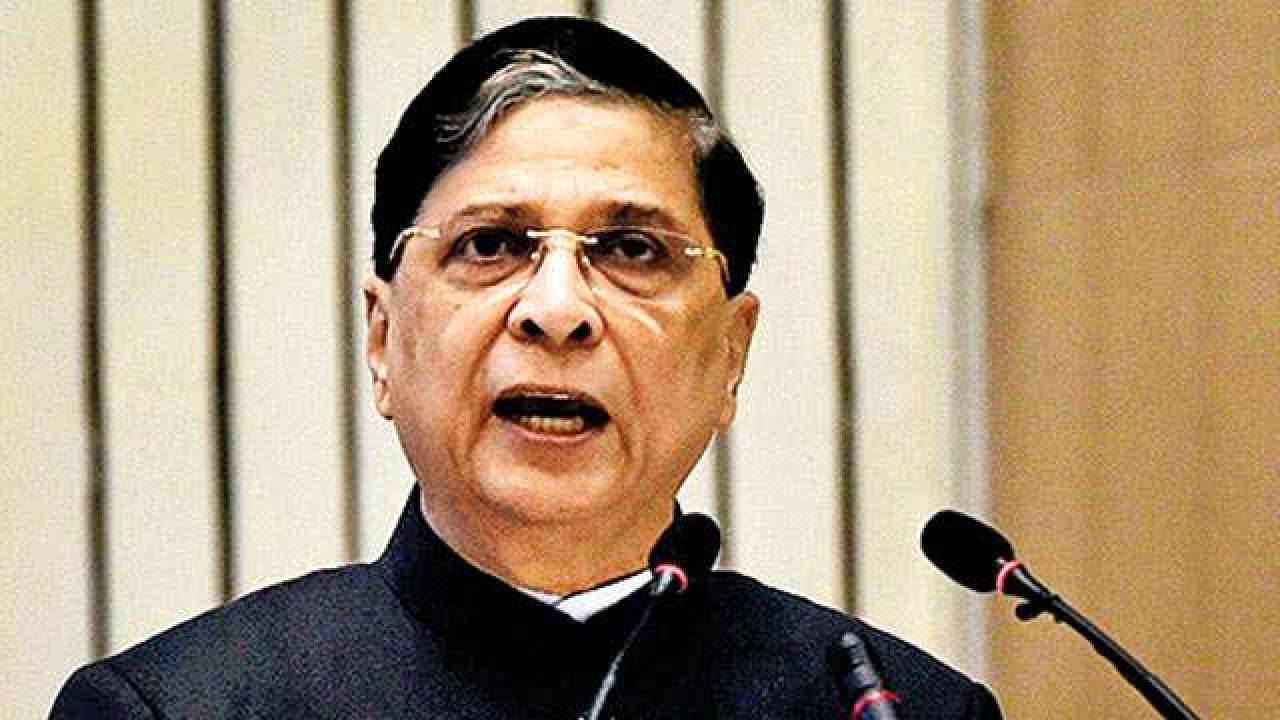
It was Montesquieu, a French scholar, who way back in the 18th century, alerted his people to the perils that invariably follow the centralisation of power in the hands of a select few, or worse, in the hands of one. As a hedge against such a dramatic concentration of power, Montesquieu favoured a system where the power to govern a people would be cleaved into three different organs — the executive, the legislature and the judiciary. To him, such a separation ensured that effective safeguards embedded deeply into the system would serve as a bulwark against the dangerous rise of a demagogue.
Since the 18th century, the jurisprudence on tripartite nature of power, worldwide, has been through several phases of evolution and newer conflicts between the judiciary and the executive have only enriched this philosophy of law. India by virtue of being the largest and one of the most thriving democracies of the world has seen its share of conflicts erupt between the two organs on a regular basis. The recent exchange of salvos between the Chief Justice of India Dipak Mishra and the Union Minister of State for Law and Justice PP Chaudhary is essentially new wine in an old bottle. Indian legal history holds ample evidence that an excess of judge-made laws populate the current policy milieu.
Far too many times judges have been seen running the administration of key ministries or a cross-section of ministries through obiter or verbal orders given by them. This is wholly unacceptable. Why bother having an executive with a layered hierarchy to give effect to the will of the government if the judiciary is to swoop in and lay down its diktats over prevailing norms? Even in cases where there has been no legislation, the judiciary must draw the attention of the executive and remind it to fill the lacuna by introducing laws, instead of penning judgments that have the countenance of government policies. Recollect how the Supreme Court (SC) in November last year had insisted that the national anthem must be played before movie screenings and citizens must stand up out of respect for it.
In October this year, the apex court did an about-turn on the issue and quite rightly asked the Centre to amend the law to make it mandatory for people to stand up in cinema halls and not pass the buck on to the judiciary. Many a time, these accusations of judicial overreach — a term coined by former Prime Minister Manmohan Singh — are an unfailing signal that the government of the day has singularly failed in addressing all or key aspects of a crisis that continues to bedevil the administration. At such junctures of power vacuums, the temptation to set right a state of affairs- in resolving which the executive has proved to be a complete failure- is immense for the judiciary. Take, for instance, the manner in which the SC waded into executive territory in the 2G scam case. Back in 2011, the UPA government had its hands full battling a storm of negative public opinion and a reluctant bureaucracy stricken with fear and policy paralysis. The SC then had no choice but to intervene in matters of policy.